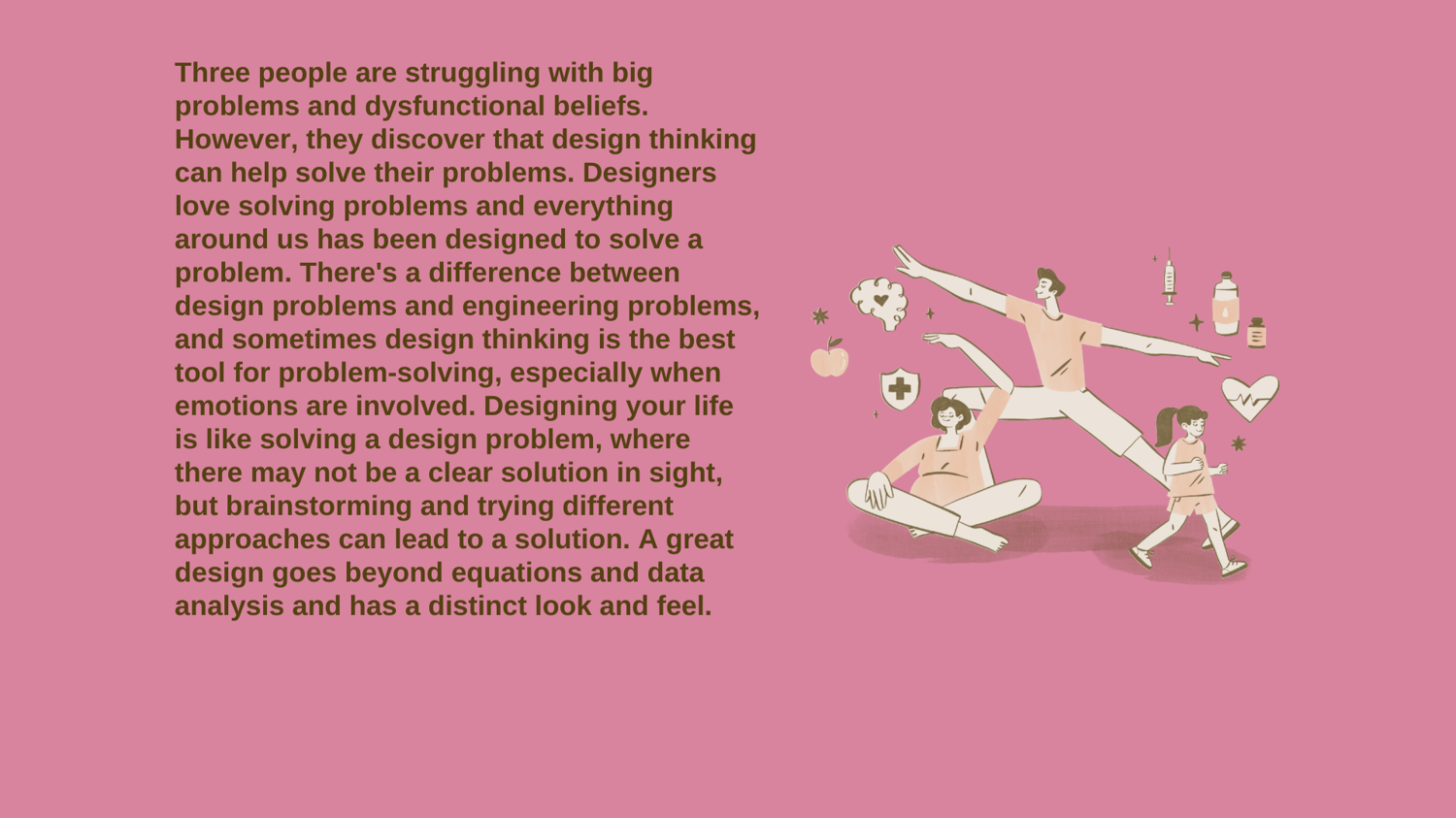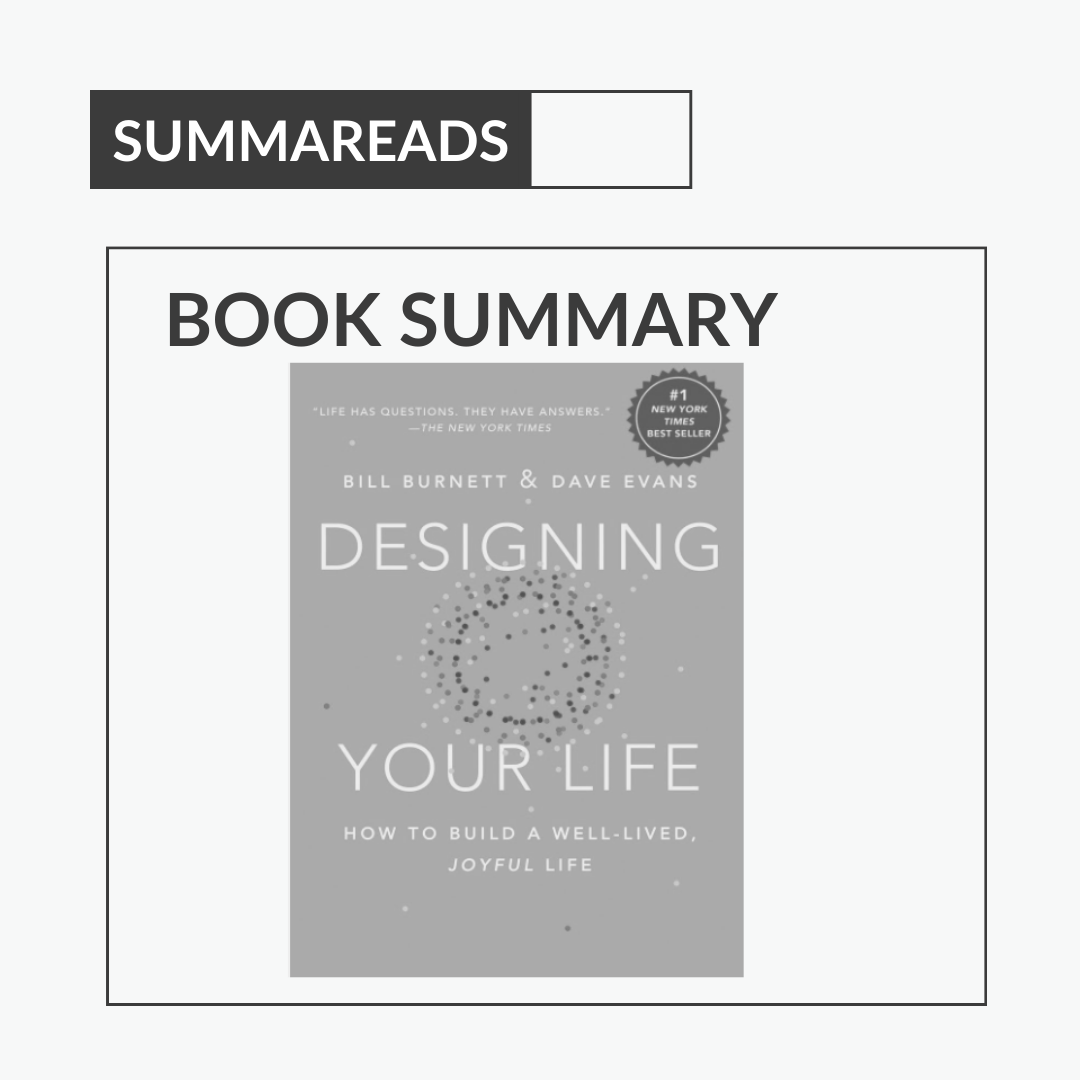The Power of Design Thinking in Personal Development
Design thinking, traditionally reserved for creating innovative products and solutions, holds transformative power when applied to personal development and life planning. Its principles, rooted in empathy, creativity, and experimentation, offer a dynamic approach to tackling life's challenges and aspirations. This methodology has been pivotal in guiding individuals toward a well-lived, joyful life, as exemplified in the teachings of Bill Burnett and Dave Evans through their acclaimed work and courses at Stanford University.
Solving Life's Design Problems
Life, with its complex web of decisions regarding career, relationships, and personal goals, resembles a design problem. Unlike straightforward engineering challenges, designing a fulfilling life requires navigating through uncertainty, embracing a multitude of possible outcomes, and employing creativity and intuition. This process involves iterative brainstorming, prototyping various life paths, and engaging in radical collaboration with others. By viewing life as a design project, individuals can explore diverse avenues toward satisfaction and meaning, moving beyond traditional equations of success.
The Five Mind-Sets of Design Thinking
- Curiosity: Cultivating an inquisitive approach towards life's possibilities allows for the discovery of passions and opportunities previously unconsidered.
- Bias to Action: Taking tangible steps towards goals, even in the form of small prototypes, helps clarify desires and refine life's direction.
- Reframing: By changing the narrative around perceived barriers or failures, individuals can uncover new paths and solutions.
- Awareness: Staying mindful of one's reactions and feelings in different scenarios aids in identifying what truly brings joy and fulfillment.
- Radical Collaboration: Engaging with a diverse group of people for feedback and ideas introduces new perspectives and enhances the life design process.

Life Design in Practice
The Power of Prototyping
Experimentation through prototyping – be it shadowing professionals, engaging in new hobbies, or temporary career shifts – provides invaluable insights into what makes one's heart sing. This hands-on approach allows for adjustments and fine-tuning of one's life path based on actual experiences rather than speculation.
Embracing Failure as a Stepping Stone
Design thinking encourages a healthy perspective on failure, viewing it not as a setback but as an essential component of the discovery process. Each failure provides lessons and clarifications, nudging individuals closer to their ideal life configuration. Building what Burnett and Evans call "failure immunity" enables resilience and a growth mindset, crucial for navigating life's unpredictability.
The Importance of Choice and Commitment
In the realm of life design, having multiple options is less about the quantity and more about the quality of those choices. The decision-making process involves selecting paths that align closely with personal values and aspirations, then fully committing to those choices. This focused approach mitigates the overwhelm of possibilities and ensures progress towards meaningful goals.
Conclusion: Designing a Life of Purpose and Joy
Design thinking transcends its roots in product development, offering a robust framework for individuals seeking to construct a life marked by fulfillment, purpose, and happiness. By adopting the mindsets of curiosity, action, reframing, awareness, and collaboration, anyone can navigate the complexities of life with creativity and resilience. The journey of life design is deeply personal, continuously evolving, and requires an active engagement with one's desires, strengths, and the broader world. Through this process, individuals can discover not just a single path, but a myriad of ways to live authentically and joyously.

Check out the book summary!



Comments ()